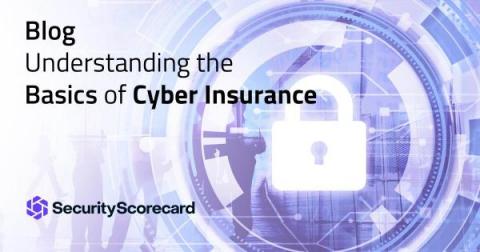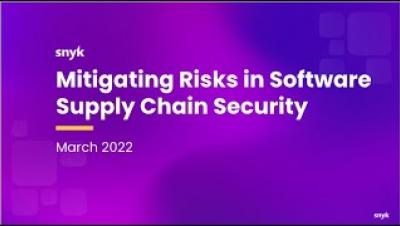Understanding the Basics of Cyber Insurance: What You Need to Know
Data breaches and cybercrime are all too common. And in recent years, ransomware attacks have caused many organizations to face hefty extortion payments, legal fees, and reputational damage – not to mention the major headache that comes with each. Cyber insurance has become a powerful tool in the world of cyberattacks to help protect organizations from the implications of a ransomware attack, but many don’t understand what a cyber insurance policy actually covers.











